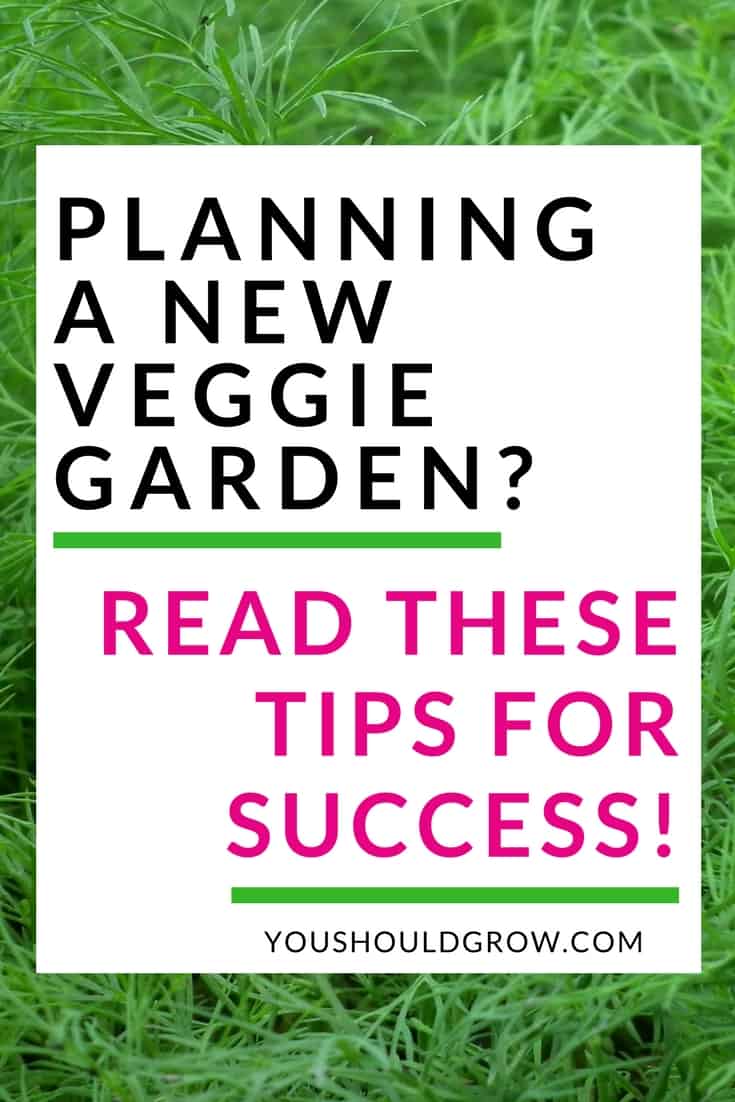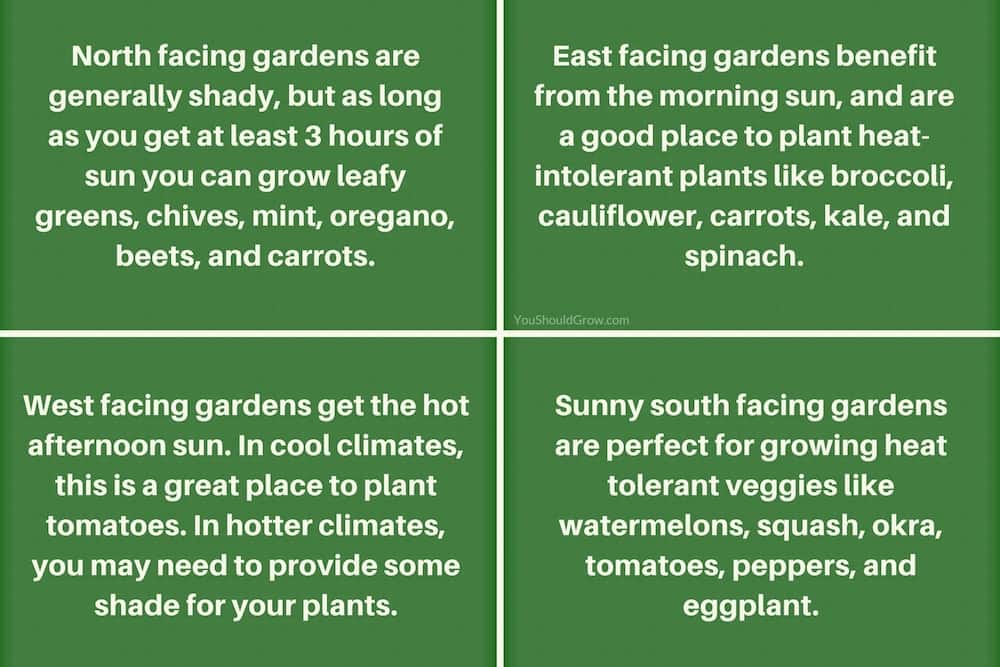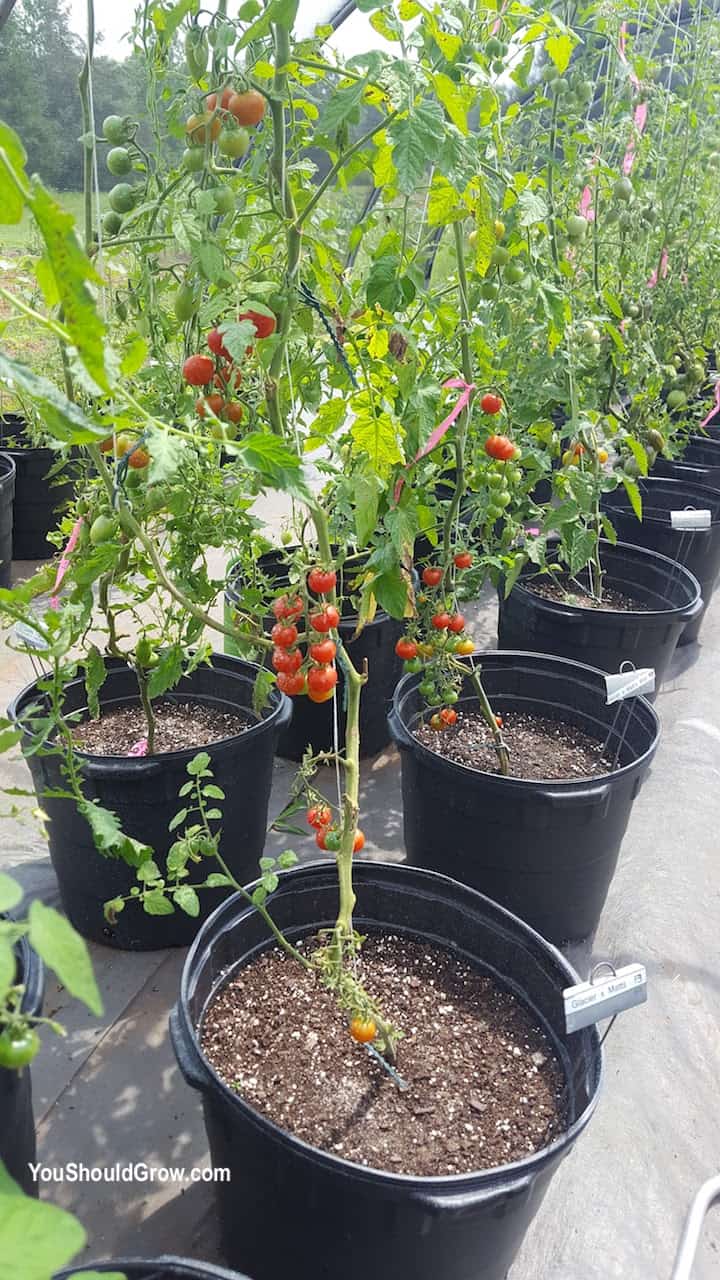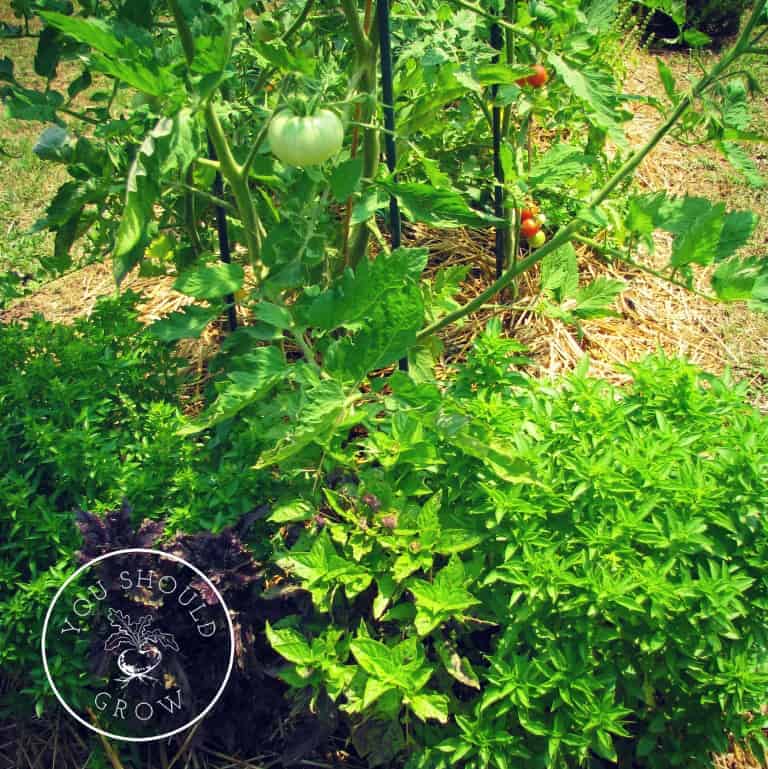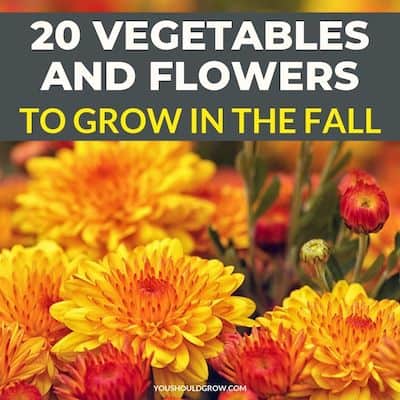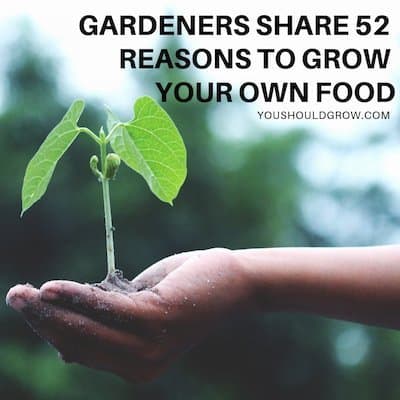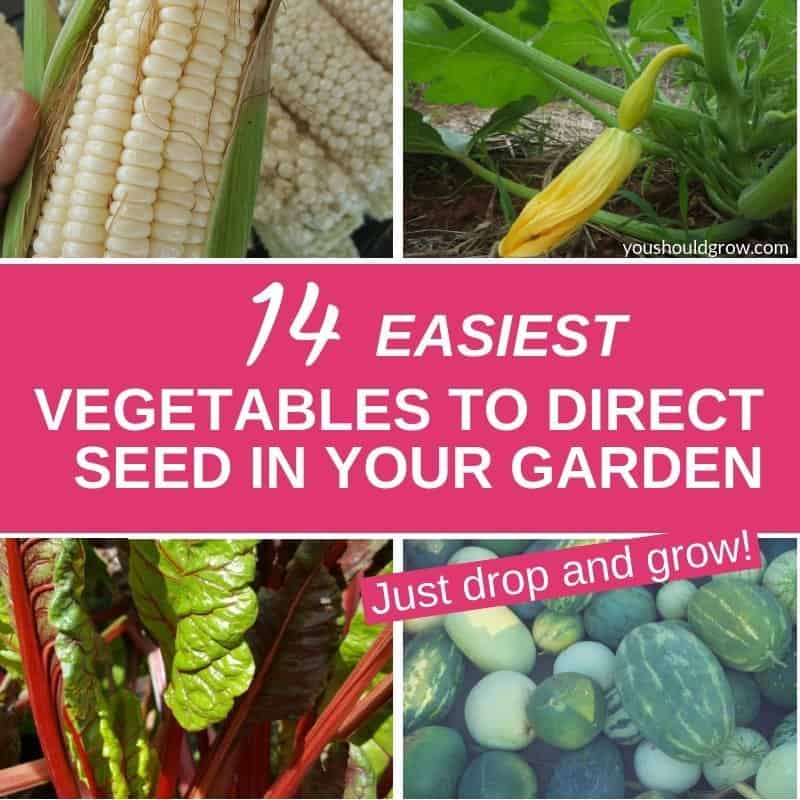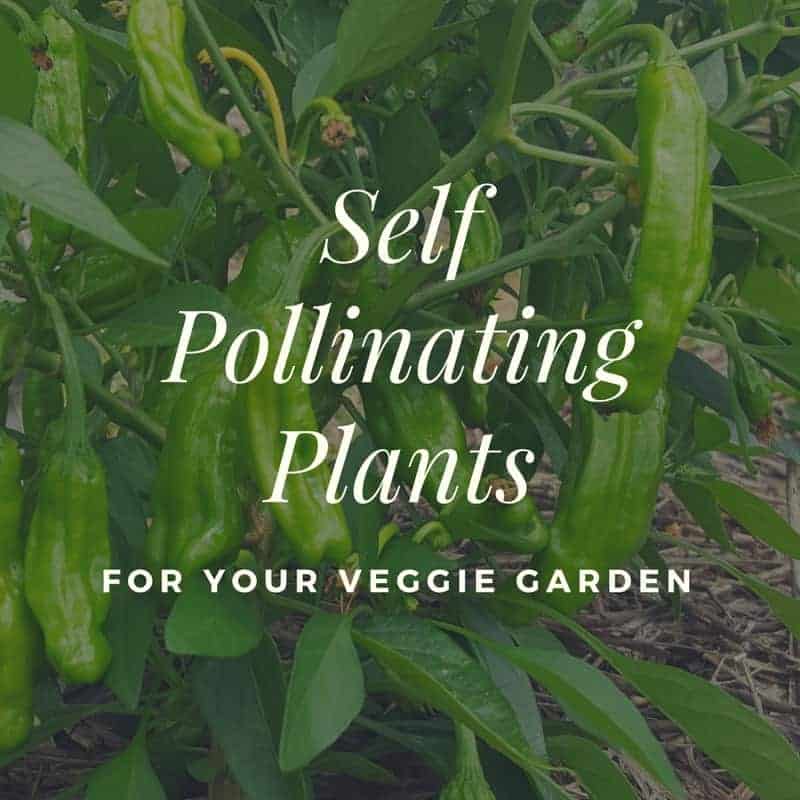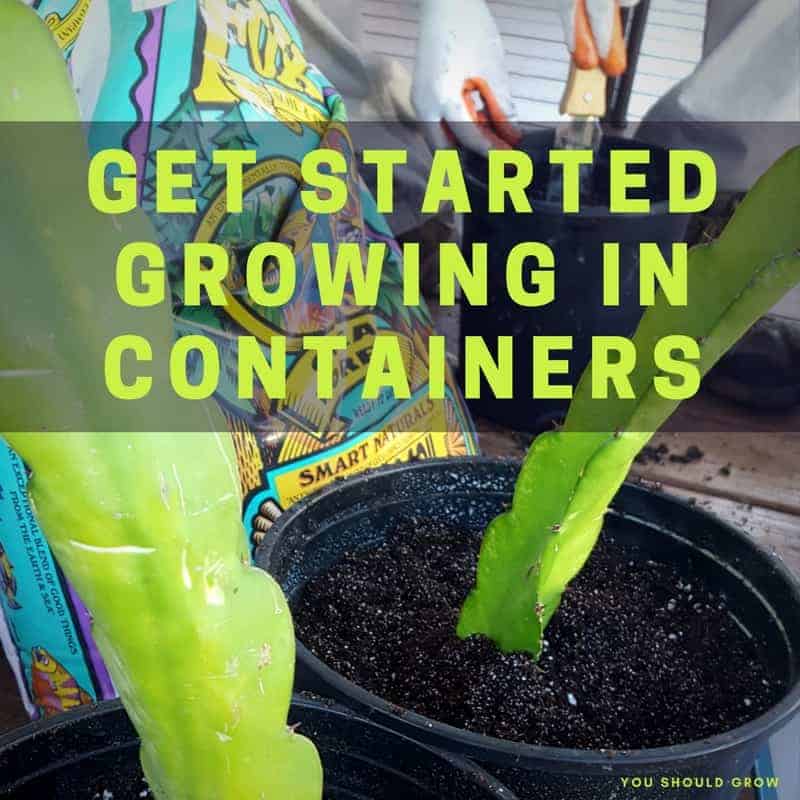How To Start A Vegetable And Herb Garden From Scratch
As an Amazon Associate and member of other affiliate programs, I earn from qualifying purchases.
If you’re ready to grow your first garden but not sure where to start, this post will show you all the steps to take when starting a vegetable and herb garden from scratch.
Sure you can just buy some plants and stick them in the ground. Sometimes that works out quite well! But it helps to have a plan and think about what will really grow well for you.
To help you with start your garden from scratch, this post will go over
- Determining the best location for your garden
- Understanding the pros and cons of gardening directly in the soil, in raised beds, or in containers.
- Narrowing down which plants to include in your vegetable garden
To help you with planning a vegetable garden, make sure you grab your free copy of my ebook that will help you choose which vegetables, fruits, and herbs you should grow.
How to start a vegetable and herb garden from scratch
Step 1: Choosing the best location for your garden
Making sure you choose the right location is the most important factor in planning your first garden. And getting to pick the best location is a major benefit of starting a vegetable and herb garden from scratch.
The first thing to think about is how much sun your garden will get.
Consider the sun
For most vegetables, you want a location that gets 6-8 hours of sun per day. Keep in mind that not getting enough sunlight will limit your tomato crop. You can still grow tomatoes though, and I’ll help you with that in future lessons.
You can always use mirrors or white walls to reflect some sunlight back onto your tomatoes as well. Even though it doesn’t seem like much, it can make a big difference.
If there are multiple structures around your garden (houses/sheds) make sure you are accounting for the effect they’ll have on shade and sun in your garden.
- Will trees, houses, or other structures block the morning sun?
- You might choose another location if possible.
- What about the afternoon sun?
- How long will they be in the shade?
- Some afternoon shade is okay if you have hot summers.
- However, if you have a short cool growing season, you probably don’t want afternoon shade on your plants.
Learn about sun-mapping for planning your garden
The sunniest location might also be your driest, so make sure it will be easy to get water to your plants. However, if your sunniest location is the lowest point of your yard and tends to stay soggy, then you might want to choose to grow your vegetables in containers.
What about rain?
Avoid placing your tomato plants under a gutter or eave where they will get splashed during heavy rain. Too much water is a bad thing for your tomato plants. The roots can get bogged down and rot, and the splattering of soil onto your tomato’s leaves can expose them to disease.
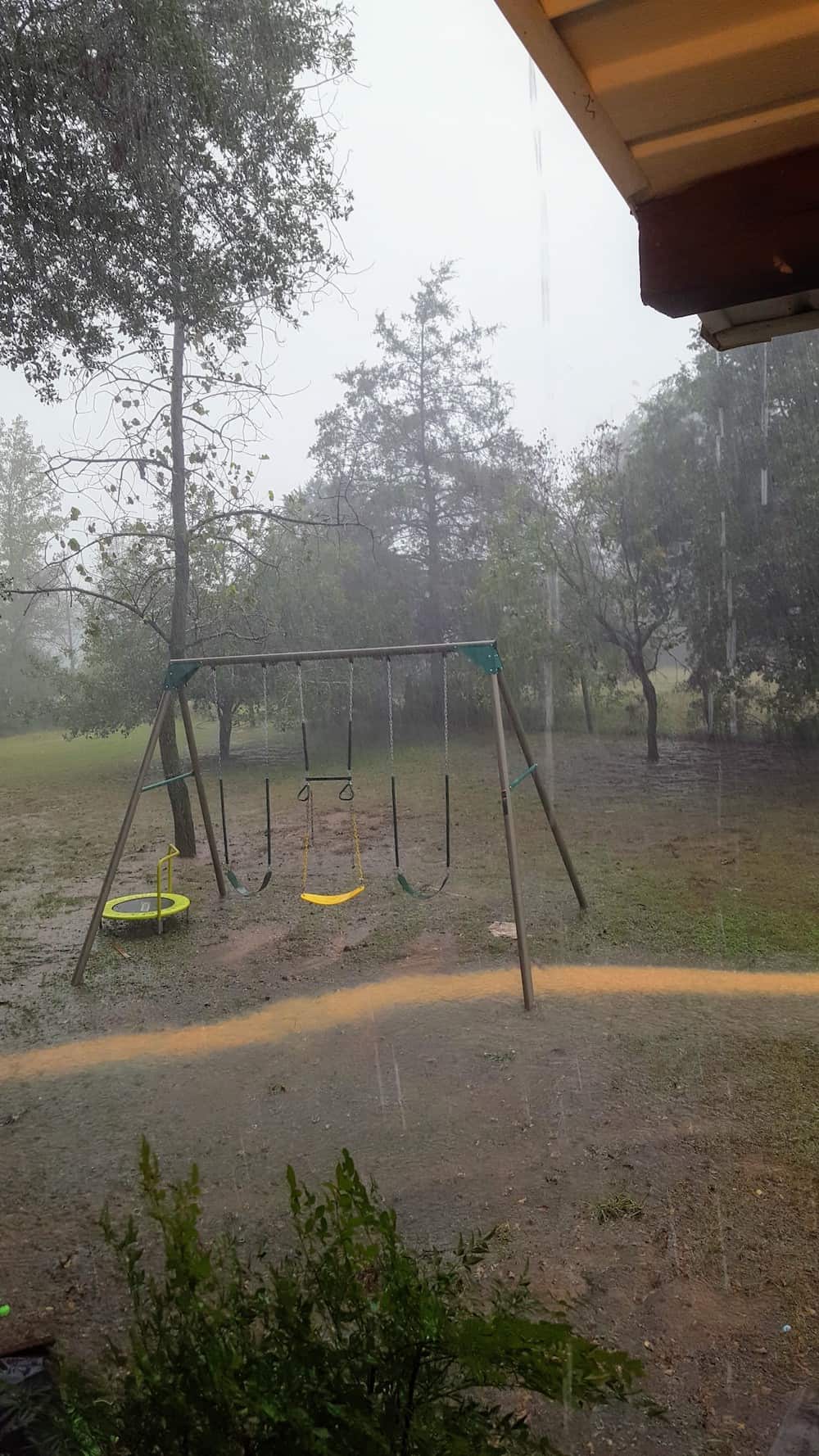
How will you water your plants?
When you’re choosing a location for your garden, don’t forget to think about how easy it will be to get water to your veggies.
Tomatoes grow best with deep watering at their base. This means leaving your water on for 10-30 minutes once every 3-7 days. It’s harder to achieve optimal water application if you’re watering by hand.
They are more prone to disease problems when you water them from overhead, so spraying them with a hose or sprinkler is not recommended. It’s better than letting them die from dehydration, though.
If possible, install an irrigation system to apply water around the base of your plants. Using this method will not just benefit your tomatoes, all food-producing veggies will do better this way.
Adding drip irrigation to your garden is not as scary as it sounds. It can be as simple as laying out a flat soaker hose (like this) and covering it with a couple of inches of mulch like straw.
The trick to using soaker hoses is to make sure you don’t turn your water pressure on too high. You can easily blow out the hose and cause a mess. You’ll also need to leave this hose on for quite a long time since the water slowly leaks out along the length of the hose. Using a soaker hose, you should leave your water on for a few hours especially when it’s hot in the summer.
What about wind?
If your area is prone to summer storms, think about how strong gusts of wind will affect your tomato plants. Tomatoes will do okay with occasional storms, but daily wind can cause blossoms to fall off, stress plants, and severe storms can even strip off leaves.
When you’ve been on your property for a few years, you’ll start to notice areas that get the most vicious gusts of wind during storms. You want to avoid those areas.
If wind is unavoidable, you can wrap your plants in Agribon or other landscaping cloth to help diffuse the wind, and sprawling plants not restricted to cages or stakes are more resistant to wind issues.
Step 2: Will you garden directly in the soil, in raised beds, or in containers?
All three options are perfect for a new vegetable garden.
You might choose to garden directly in the soil if:
-
- You have no known history of fungal disease in your garden
- You have soft fertile soil that hasn’t been gardened for a long time
- You want a very large garden
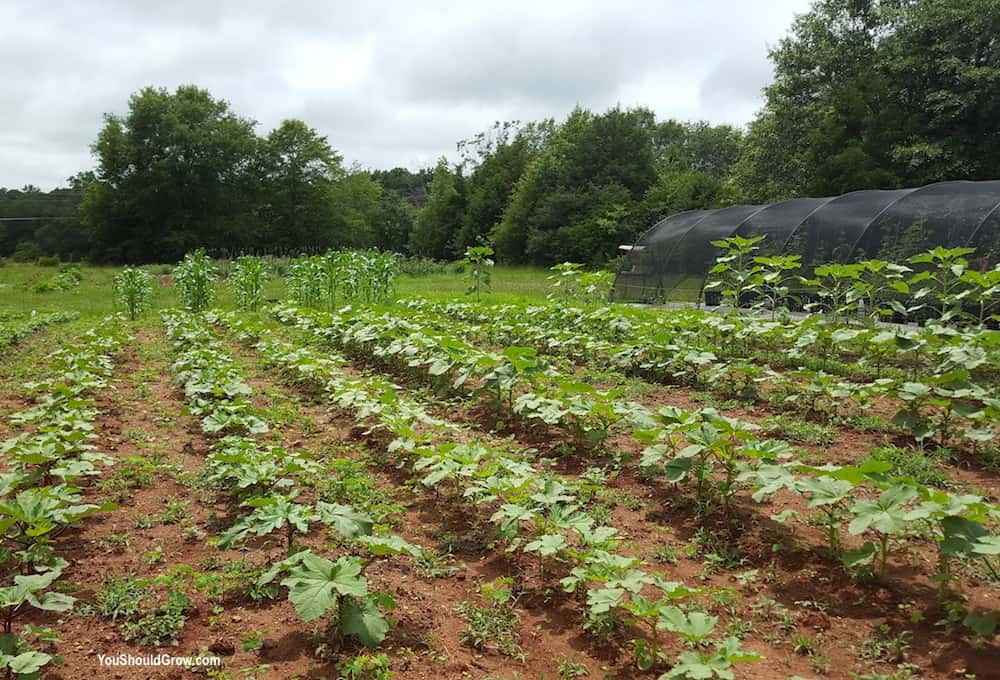
Pros of gardening in the soil:
- Lower cost
- Retains water and nutrients
- No restriction of root growth
Cons of gardening in the soil
- Weeds
- Can harbor pests and disease
- May need to perform soil tests
You might choose to grow in raised beds if:
- You have dense or compacted soil that is difficult to work in
- You are starting a brand new garden bed on top of grass or weeds
- You have physical restrictions that make bending over difficult. You can always build a raised garden bed up to a comfortable height for you.
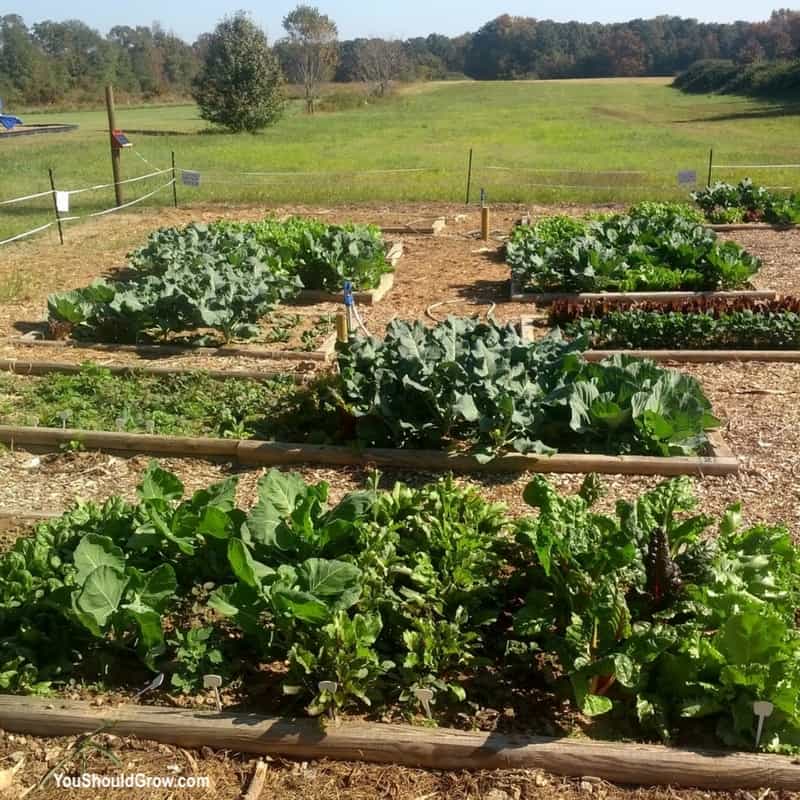
Pros of growing raised beds:
- Can be constructed almost anywhere
- Can be easier on the back and knees
- Easy to place on top of the current landscape
Cons of growing in raised beds:
- Weeds can invade
- Limits space to add more plants
- Can be costly to set up (here are some affordable raised bed options)
You might choose to grow in containers if:
- Your sunniest location is on a patio
- You have limited outdoor space or no soil (apartment, condo, etc)
- You only want to grow one or two plants
- You struggle with weeds in your in-ground or raised bed garden
It’s easy to grow tomatoes in pots. The larger the container the better.
Pros of growing in containers
- Can be placed anywhere
- No weeds – usually
- Easy on the back and knees
Cons of growing in containers
- Water and nutrients must be added more often
- Size matters-roots need space
- Limited to 1 or 2 varieties per container
You can grow pretty much any vegetable or herb in containers. It’s just about choosing the right variety of vegetable and size of container. Read more about growing veggies in containers.
Whichever method of growing you choose, don’t forget to take advantage of vertical space! There lots of vertical garden ideas you can make at home that will drastically increase your growing area.
Step 3: Choosing what to grow in your vegetable garden
This should be the easiest and most fun part!
Grow what you like to eat
The most valuable piece of advice I can give you when choosing what to plant in your garden is to grow what you eat.
If you love garden fresh salsa in the summer, grow tomatoes, jalapenos, onions, and cilantro. But if you hate the idea of having to eat yellow squash every day for 3 months, then don’t make room for 4 squash plants.
Eggplant is another good example. I like to have eggplant sometimes, but my family really hates it. So one plant of my favorite variety (featured in this post) is plenty for us.
Don’t be afraid to try new things, but don’t invest too much garden space or time in growing new things. I always say 99% of your effort should go into taking care of plants that you know you will eat.
In my 3 Secrets book, I have some more tips for planning plus some printable worksheets for picking which plants to grow in your garden.
Consider the length of your growing season
You can learn your frost dates and the length of your growing season here.
Tomatoes, peppers, eggplant, and many other fruits and veggies need at least a 90 day growing period. Always check the information on your seed packet to see how long it until your variety produces fruit.
If your growing season is less than 90 days, then you need to consider only early ripening varieties of tomatoes OR start your plants indoors or in a greenhouse well in advance of the frost date.
Ask your friends and neighbors which types of plants they’ve had success or trouble growing. Certain food crops will do better in some areas than others. Don’t try to fight that!
In Georgia, tomatoes love our southern heat, but lettuce hates it. And while many gardeners enjoy a crop of brussels sprouts in the fall, we can’t keep ours from bolting over the summer.
There are ways to get around problems like that, but for starting a new vegetable and herb garden from scratch, just focus on crops that grow well in your area.
After reading this post you should be able to start your first vegetable and herb garden!
☛ You know how to find the ideal location for your garden.
☛ You know whether you want to plant in the ground, raised beds, or containers.
☛ You know how to choose which veggies you will grow.
How did you start your first vegetable garden?
Tell us about your experience in the comments below!
P.S. Another great place for getting tips for gardening is Facebook groups. I’d love to have you join my Facebook group, Let’s Grow, Y’all! You’re welcome to share your questions, pictures, ideas…anything about growing!


